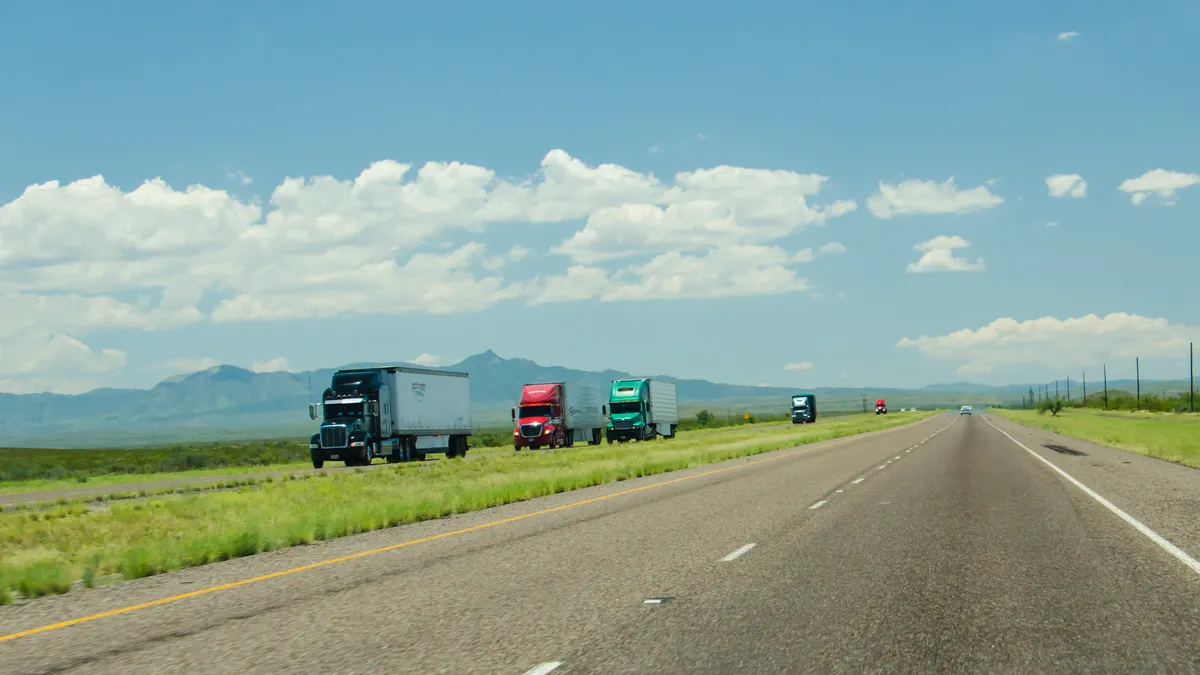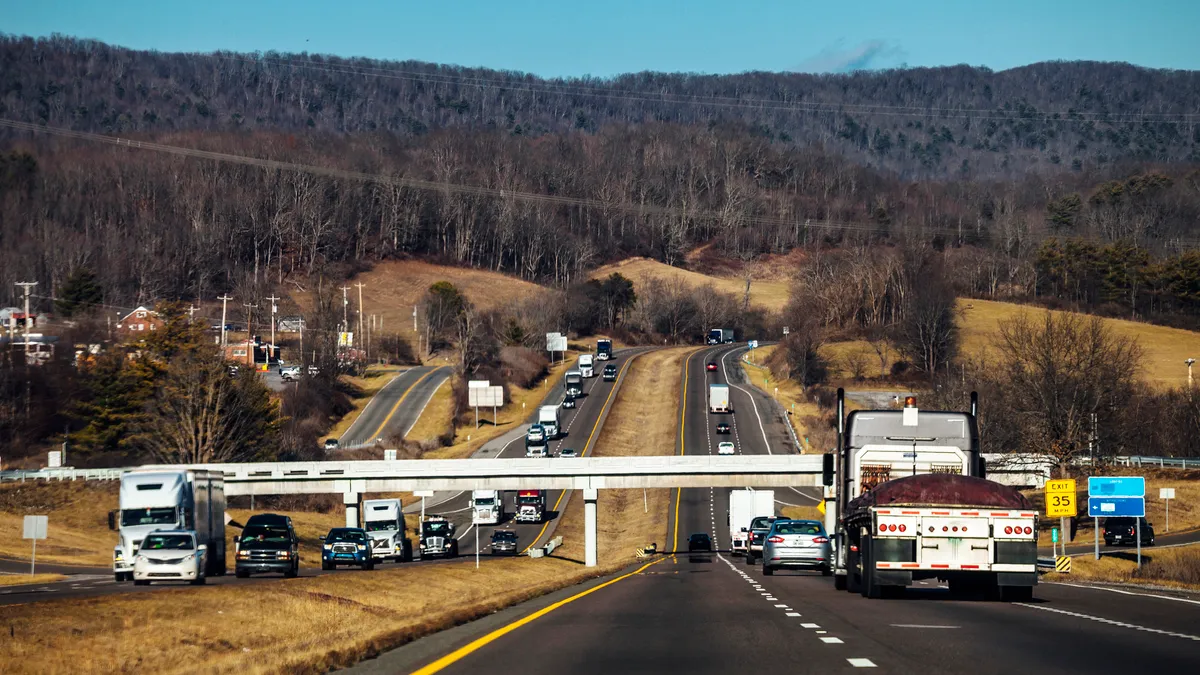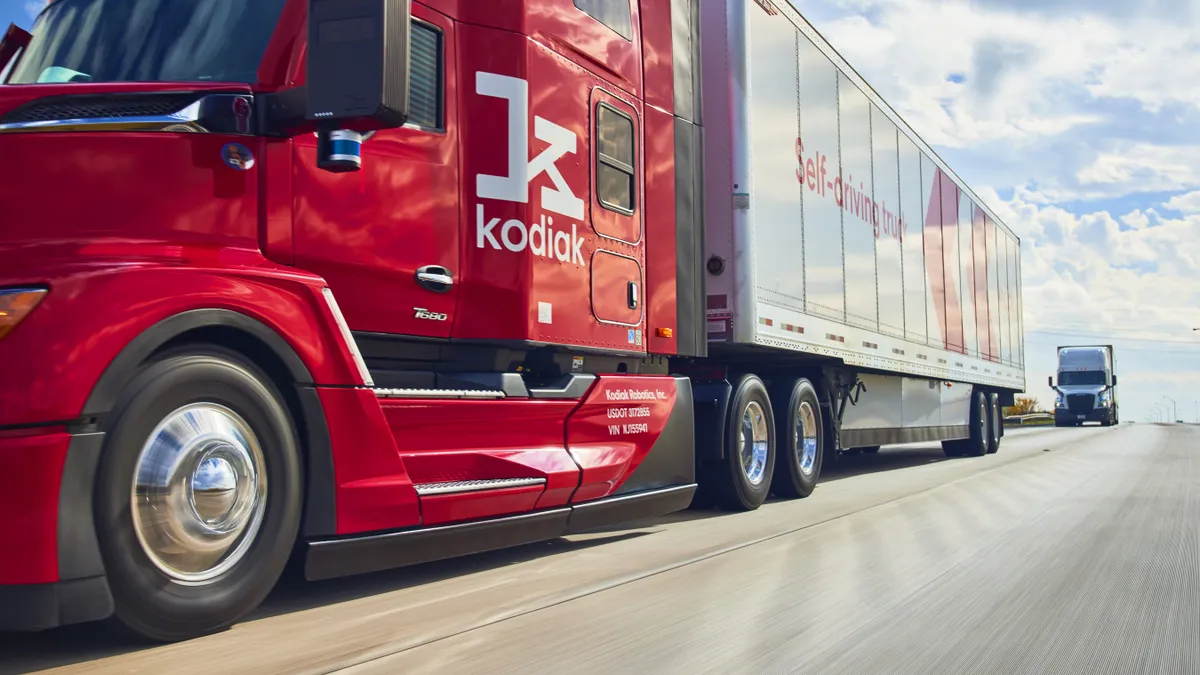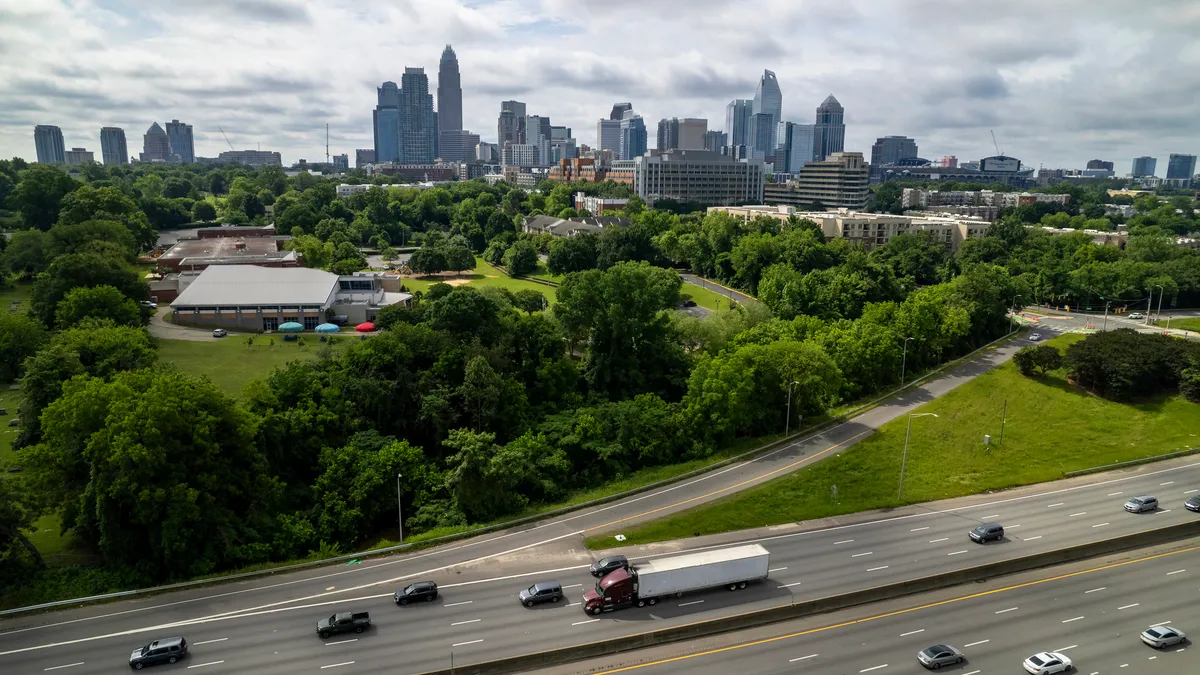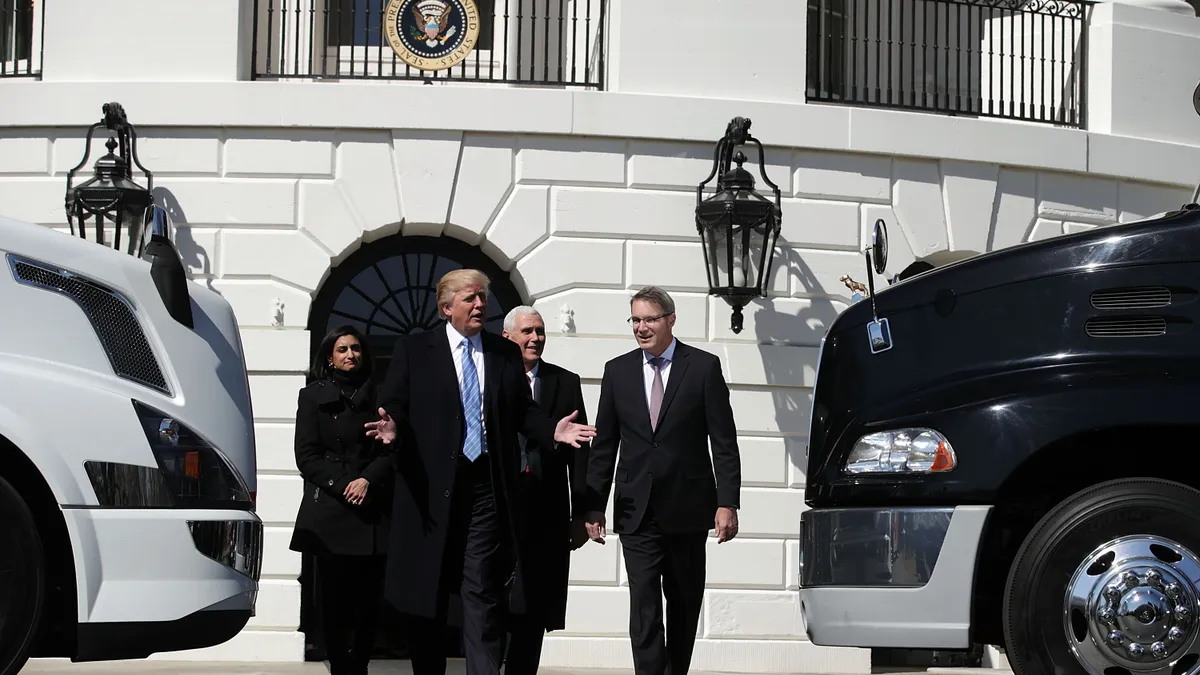A system of trust is necessary between shippers and carriers in logistics operations. While it's a critical part of multiple facets, it's especially essential to freight validation.
Fleets depend on their shipping customers to get it right when claiming the weight and size of their shipments. Carriers usually perform their own version of due diligence, too. There have been some advancements with tools that can help with the validation task. But it remains one of the lower-tech, more traditional areas of the industry.
However, as improved methods come available, they offer a better option for realizing KPIs. These include weight per shipment, fuel consumption/route efficiency for expense planning, truck turnaround time for delivery and return, and lead time from start-to-finish on each stage of the supply chain.
The traditional method
"The old-fashioned way of validation — and the way most companies still do it — is to work off experience," said Jerry Critchfield, vice president of transportation for Weber Logistics. "They look at the product and make a generalization about whether or not it meets the bill of lading."
For instance, he said, if a customer is shipping a pallet of cast-iron skillets and claims it weighs 500 pounds, most fleet personnel know from experience that's not likely the case.
"You can then take it to the scale at that point to confirm," Critchfield said.
While drivers generally do not play a role in validation, warehouse personnel, management, and dispatchers do, Wes Curtis, owner of Commercial Truck Consulting, said via email.
"The old-fashioned way of validation — and the way most companies still do it — is to work off experience."

Jerry Critchfield
Vice President of Transportation for Weber Logistics
"Often the driver will back up to the loading dock and leave the trailer or stays in the truck while it is loaded," he said. "Unless the truck and/or trailer is equipped with a weighing system, the driver must take on face value what the bill of lading states for weight and product loaded."
Once the driver has left the dock, however, he or she becomes responsible for the load, said Curtis.
"They can always go to a scale from a CAT Scales location to weigh the vehicle and see if it is of legal weight," Curtis said. "If not, he can return to the shipper to adjust the load. The downside is that it takes time, and time is money to the driver."
When using Cat Scale equipment, it's important to check weight specific to each axle, said Paul Menig, CEO, board member and business coach at Business Accelerants.
"If the packages are too close to the front, then you won't get an accurate read," he said. Getting accurate weights can be tougher for those shipping dry trailers vs refrigerated, Menig said. "Because of the nature of pre-packaged, weighed products in refrigerated, it's easy to have a good estimate of the pounds."
New-school tools
While there are advancements in freight validation, some come at a stiff price tag.
Dimensionalizers are one option. These devices can measure three-dimensional or cube-shaped objects, like packages, parcels, cartons or boxes.
"Dimensionalizers are automated systems that scan the weight and dimensions of freight in seconds, taking human error out of the equation, and offer simpler and more efficient rate calculations," said Curtis. "They have been used in parcel operations for decades, but LTL has only begun the switch in recent years."
But the cost can run $80,000 and up, said Curtis, so fleets need to calculate the value.
"They are expensive pieces of equipment but carries can see a rapid payoff in just a month or two," he said.
Payoff arrives because freight validation maximizes a fleets goals and profit margins, Curtis added.
"You want to move the most amount of product legally in the shortest amount of time," he said. "By freight validation, a company can be more effective in the movement of freight and cut their overhead, which translates into bigger profits."
"They are expensive pieces of equipment but carries can see a rapid payoff in just a month or two."

Wes Curtis
Owner, Commercial Truck Consulting
Other tools to help with freight validation include onboard road scales. Using sensors attached to the trailers, they take the guesswork out of the equation and prevent the need for visits to Cat Scale, which sometimes require drives to out-of-the-way locations.
"If I were a carrier and my drivers were frequently getting tickets for clocking in overweight, this is the technology I would deploy," said Menig.
Today there are also forklifts with built-in weighing technology, which can provide an automated weight read out if moving freight in between terminals.
"Carriers can compare this against the paperwork they receive," said Critchfield. "This might be the most efficient method for validation right now."
No matter what the method, Critchfield said that fleets must always keep in mind the weight of the products usually won't include the additional weight of the pallets, which clock in around 40 pounds.
"When you put 26 of them on a trailer, that can quickly put you over weight," he said. "Many shippers don't build that weight into their [warehouse management system], so the bill of lading won't be correct."
Tracking KPIs is well worth the time then, Critchfield said.
"If customer A is correct 97% of the time and customer B is right 50% of the time, you have a chance to work with them to improve," he said. "That can have a big payoff."


